Do you have a question about the Everlast PowerTig 200DX-DV and is the answer not in the manual?
Covers unit registration, contact channels, support forum, and warranty terms.
Provides specific customer service and technical support contact details for different regions.
Emphasizes the operator's role in safe operation, maintenance, and reading the manual.
Details the effects of HF waves on sensitive electronic equipment and pacemakers.
Essential gear for eye, hearing, body, and foot protection during welding operations.
Warnings on welding specific metals and risks associated with fumes and toxic gases.
Precautions for storing, handling, and using high-pressure gas cylinders safely.
Covers grounding, cable integrity, fire risks, hot metal handling, and electrical hazards.
Stresses proper maintenance, avoiding faulty equipment, and safe operational practices.
Lists and illustrates the welder's standard accessories like torch, clamp, and regulator.
Provides critical performance data, including output, duty cycle, dimensions, and weight.
Describes the welder's features, dual voltage capability, and key design elements.
Guidelines for operating environment, unit maintenance, and proper cleaning procedures.
Explains HF/Lift start procedures and requirements for generator power sources.
Illustrates connections for TIG torch, foot pedal, and optional water cooler.
Shows how to connect the stick electrode holder and work clamp for stick welding.
Details power cord, gas inlet, cooler outlet, and grounding points on the rear panel.
Labels and numbers all controls and indicators on the front panel for easy reference.
Detailed explanations for specific front panel features, their parameters, and purpose.
Continues explanations for controls like AC/DC selector, Amp Control, and Amp Display.
Labels and numbers all components and connectors on the rear panel of the welder.
Detailed explanations for rear panel connections, power cord, and power switch.
Explains sequencer operation, gas pre-flow, and post-flow settings for TIG welding.
Details how AC frequency adjustment impacts the welding arc and puddle characteristics.
Covers AC balance settings for cleaning and proper tungsten grinding techniques.
Details pulse amps, frequency, and time on (balance) for advanced welding control.
Explains arc force, foot pedal usage, and types of torch connectors.
Provides visual instructions and tips for preparing tungsten electrodes for welding.
Explains the procedures for initiating a TIG arc using lift start and high frequency methods.
Describes the tapping and scratch/match methods for starting a stick welding arc.
Offers guidance on polarity, amperage settings, and tungsten selection for various metals.
Details the parts of a TIG torch assembly with a visual diagram and quantities.
Explains the 7-pin connector used for foot pedals and optional remote amp controllers.
Addresses frequent problems like no output, poor weld quality, unstable arcs, and contamination.
| Brand | Everlast |
|---|---|
| Model | PowerTig 200DX-DV |
| Category | Welding System |
| Language | English |
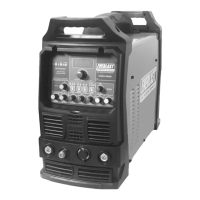
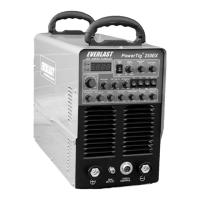

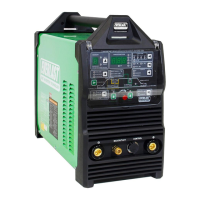
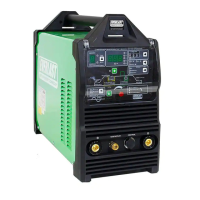
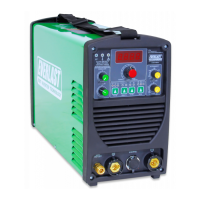
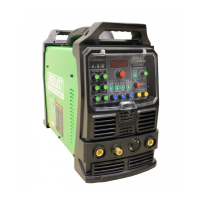
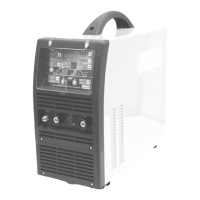
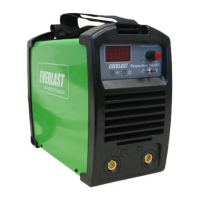


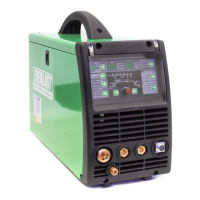
